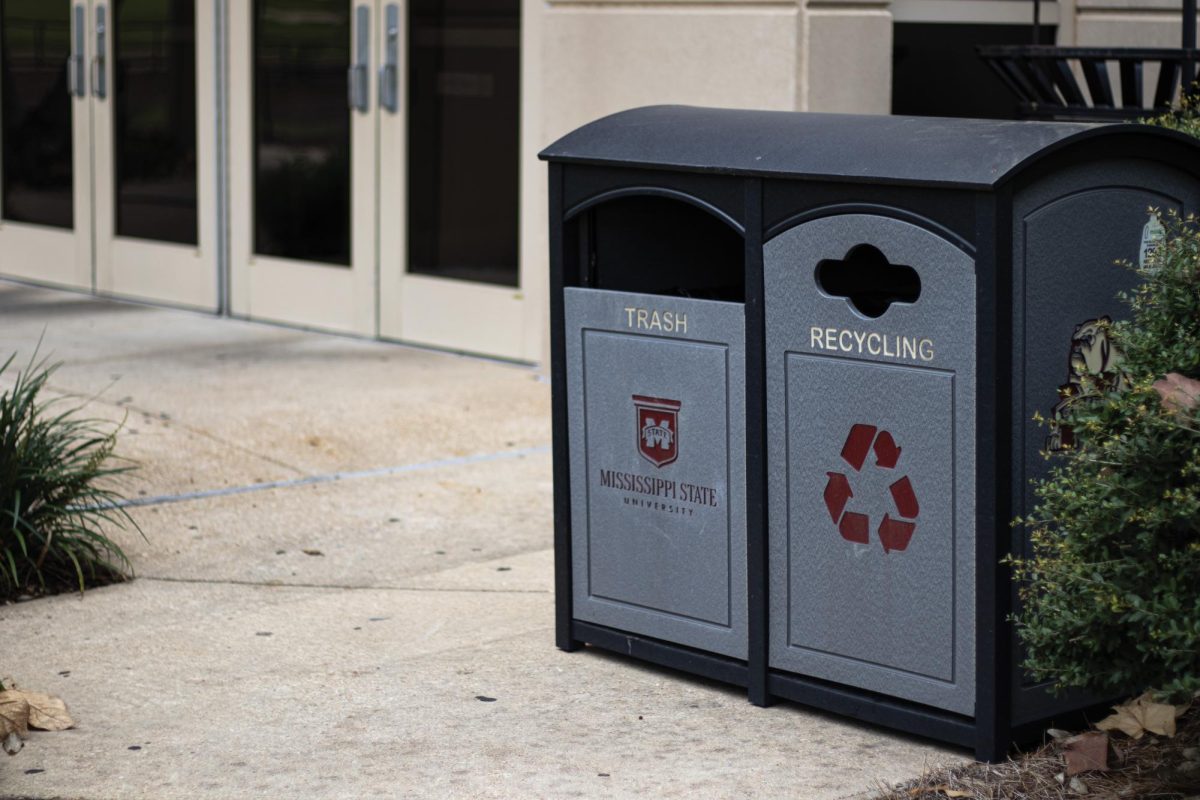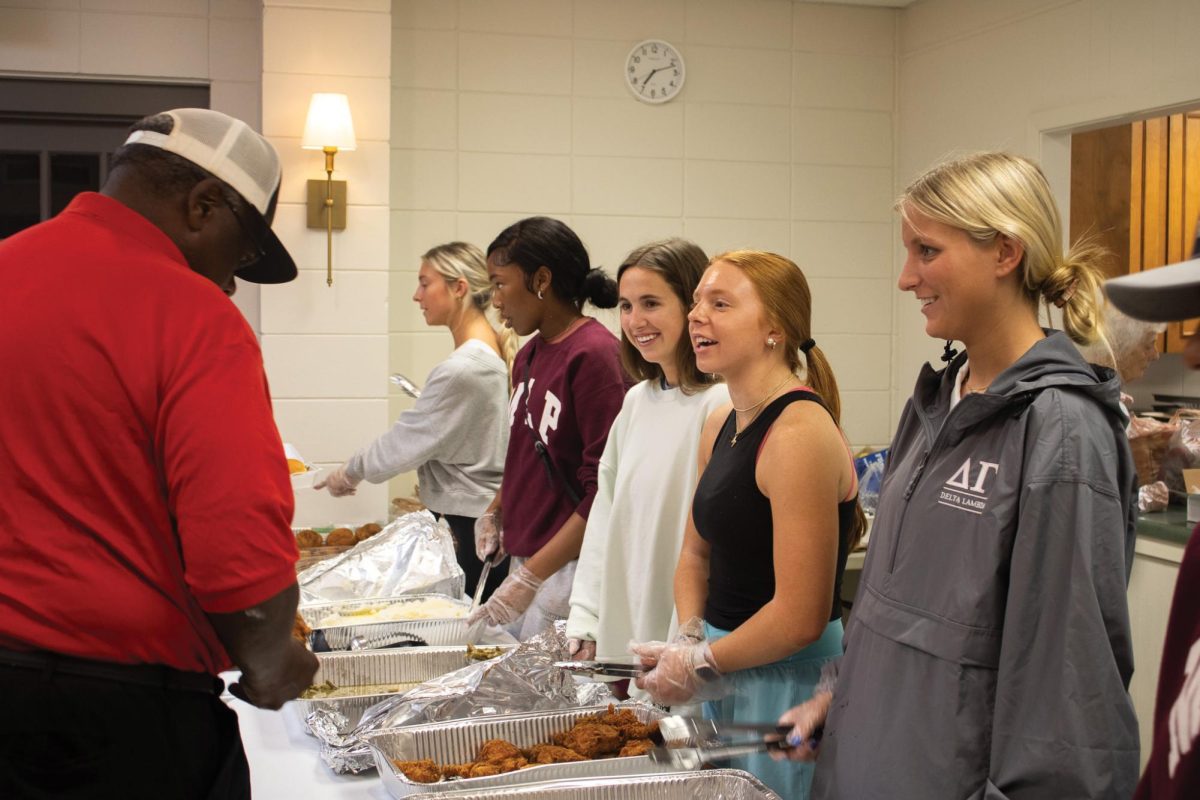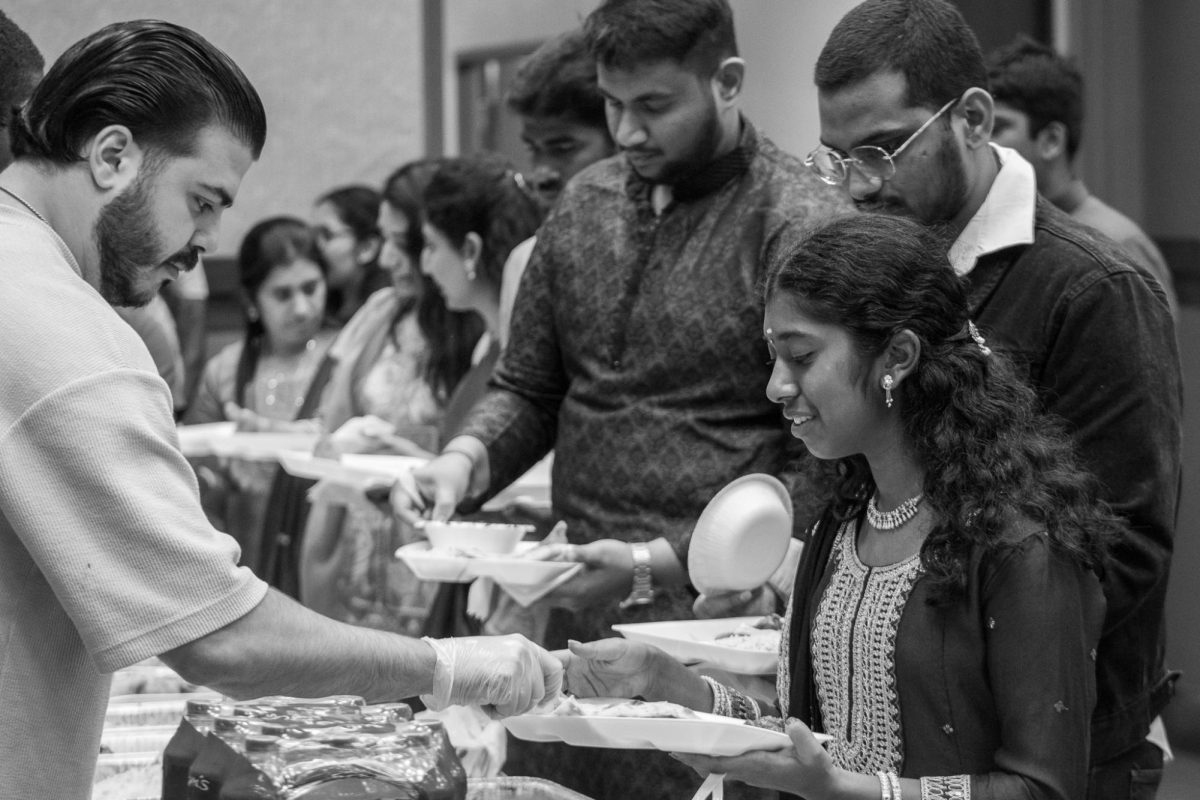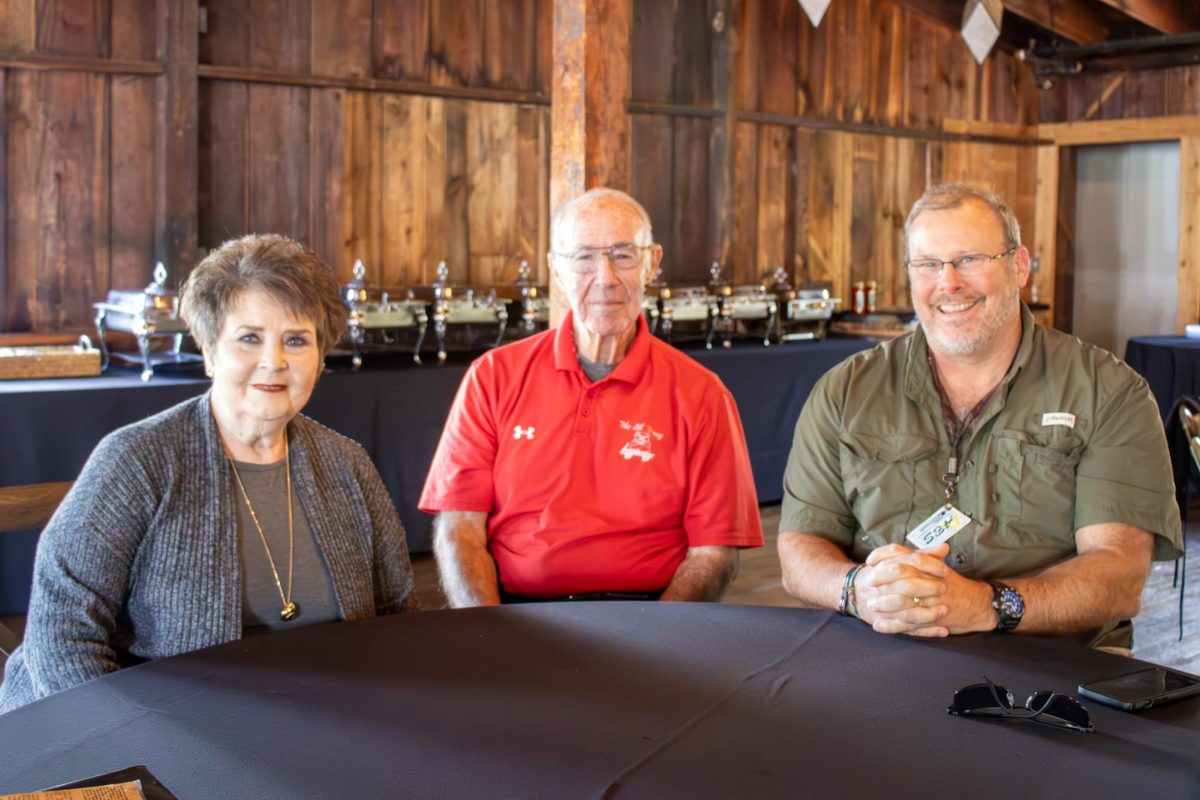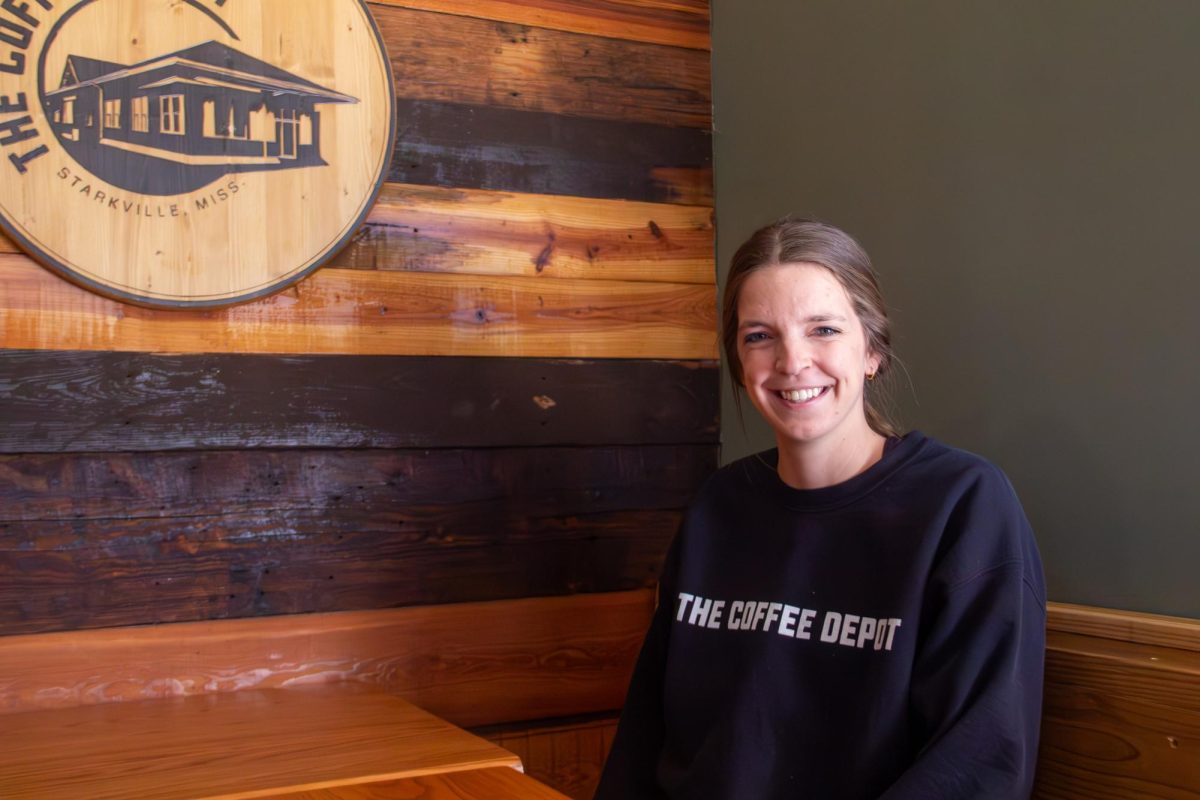Sunday night, I invited a couple of friends over for supper because I had bought a huge chicken to roast and felt kind of depressed with no one to share it with.Along with the chicken, I also roasted some sweet potatoes and onions and sauteed some spinach in garlic. After consuming the meal, one of my friends said she had to get these recipes from me. I was shocked because I hadn’t used a recipe at all, and I think she was shocked by that revelation as well.
Time and time again, I hear my friends talk about having to find recipe upon countless recipe just to have a guideline for cooking their meals every day. This got me thinking, and I realized why so many people who don’t love to cook labor over the idea of it. They feel they have to follow an exact recipe for a meal, which can involve buying special ingredients and lead to worry, unrealistic expectations and let-down results, thoughts that make cooking much more complicated and tiresome than it should be.
I was shocked when my friend asked for a recipe because I learned how to cook by using techniques, not recipes. Those who know me and my goals would say that only I could take the time to learn cooking techniques, but that would be entirely untrue. Learning techniques is easy once you get the hang of it and can make cooking much more enjoyable.
Now, I’m not a staunch anti-recipe fanatic by any means. When baking, I definitely use recipes because the ingredients must be exact, just like the pear and cherry crisp with streusel topping I made Sunday night. But even dessert equations can be learned to some extent.
Last semester, I wrote that roasting was the perfect way to cook vegetables in winter because they come out of the warm oven piping hot, with a crunchy exterior and soft interior. The whole idea of roasting could be applied to any number of vegetables, plus every meat, as well.
As far as the technique in question from Sunday night’s dinner, sauteing, it’s just as easy, and most everyone already knows how to do it. It involves the same principles as roasting (quick, high heat to sear the outside and keep the inside moist and juicy) but utilizes a skillet instead of a sheet pan. For vegetables, whether it’s spinach, broccoli, carrots, onions or green beans, I start out with olive oil and garlic in the skillet over medium-high heat and let it cook for about 1 to 2 minutes. Then I add the vegetables, usually cut into bite-sized pieces, and saute until they’re fork tender on the inside and brown crust forms on the outside, finishing with salt and pepper.
Potatoes and sweet potatoes are exceptionally good cooked this way, especially by adding butter to the equation, and thus you get hashed browns, a staple for my weekend breakfast.
And of course, sauteing can also be applied to meats; I’m sure most of you cook your chicken breast that way already. The trick is to remember to cook the outside quickly over high heat to form a good crust, then turn down the heat to medium to ensure the inside of the meat gets cooked before the outside burns to a char. And speaking from experience, this may happen a few times before you get the hang of it.
And for an even better way to saute meat, think about using the oven, too. Once the meat has formed a sear on the outside, usually 3 to 5 minutes per side, transfer the skillet to a 350 degree oven for up to 10 minutes, but no longer, or it will dry out.
My personal favorite vegetable for sauteing is Brussels sprouts. When I first thought of eating Brussels sprouts, I had never eaten them boiled like most everyone else, so I had no bad experiences with them, as I’m sure most of you have. To make sure my first experience with them would be a good one, I sought out recipes that didn’t boil them and gave them extra flavor. I came upon an oven-roasted Brussels sprout recipe that was great, but I thought I could improve it by sauteing it in the skillet with a little butter or, better yet, bacon. The following recipe is what I came up with, and it’s not exactly healthy, but it has so much flavor, you can make an exception for these tasty vegetables and then go run a mile in the morning.
Serve these crisp vegetables alongside a roasted chicken or pork loin, and you’ll have a hearty and hot meal that will leave you with plenty of leftovers to warm up with during these cold January nights.
Categories:
Trade recipes for techniques
Ben Mims
•
January 23, 2007
0






